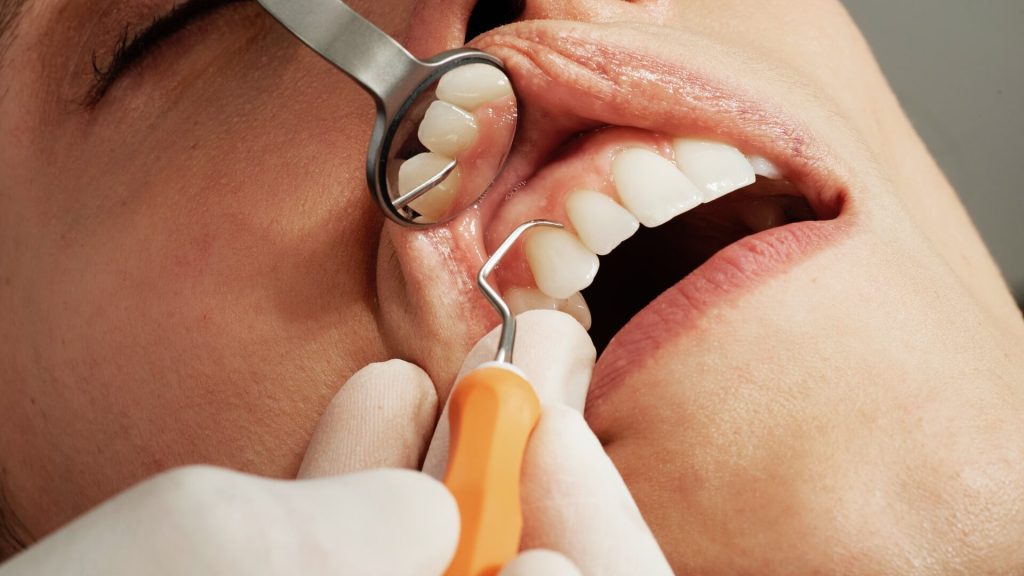Updated Bivalent Boosters Offer Better Protection against Omicron

A real-world effectiveness study of updated bivalent mRNA vaccines has shown that bivalent boosters are more effective than original monovalent boosters at preventing hospitalisation and death from the Omicron variant. The study was published today in The New England Journal of Medicine.
“While original COVID vaccines had been demonstrated to be safe and effective prior to the FDA’s authorisation, the Pfizer and Moderna bivalent vaccines that have been deployed in the United States since last fall were approved by the FDA for emergency use on the basis of non-clinical data for those two new vaccines,” explains Dr Danyu Lin, lead author on the study. “We were able to evaluate not only the effectiveness of the two bivalent boosters but also compare their effectiveness to that of monovalent boosters.”
Researchers at the at the University of North Carolina’s Gillings School of Global Public Health compared the incidence of severe Omicron infection resulting in hospitalisation or death for individuals aged 12 and up who received a monovalent or bivalent booster dose to those who did not. The study analysed vaccination and infection data of more than six million North Carolina residents from May to December of 2022, during which the Omicron variant’s BA.4.6/BA.5 and BQ.1/BQ.1.1 strains were predominant in the United States. Both the Pfizer and Moderna bivalent vaccines were included in the study, which also considered different age groups, previous infection status, and the number of booster doses already received.
The effectiveness of the booster was highest at roughly four weeks after administration and decreased afterward. Average effectiveness against severe infection resulting in hospitalisation or death over a three-month period was 25% for one monovalent booster dose and 62% for one bivalent booster dose.
“The increased effectiveness found in this study demonstrates why it’s important for people to protect themselves with the updated booster even if they had already gotten the original booster dose,” says Dr Zack Moore, State Epidemiologist with the North Carolina Department of Health and Human Services.





